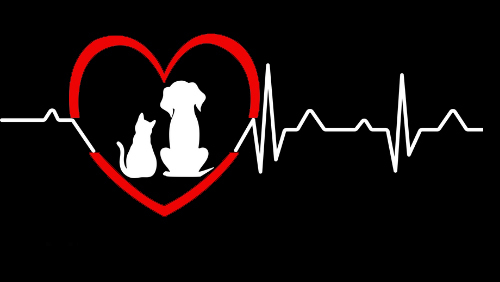Orthopedic surgery for pets consists of invasive and non-invasive surgical procedures that tackle joints, skeleton/the skeletal system, and associated soft tissues, which includes muscles, joint muscles, tendon, ligament, and cartilage.
Orthopedic issues are generally characterized by the cause of the associated disorder and the part of the body that is affected.
There is also a further distinction made between whether the orthopedic issue derives from birth (congenital) and whether it develops over the course of your pet’s life.
Although there are a variety of orthopedic surgeries for your pets, some procedures are more common than others.
Femoral Head Osteotomy
A procedure that removes the head and neck from the femur, thereby reducing pain. It is a surgery of last resort when no there efforts to alleviate pain has been successful.
Cruciate Ligament Repair
- Lateral Suture Technique
- Orthozip Lateral Stabilization Technique
- Tibial Tuberosity Advancement (TTA)
- Tibial Plateau Leveling Osteotomy (TPLO)
Leg Amputation
The surgical removal of limbs that have been injured by trauma, illness, or birth defects
Bones Fracture Repair
The procedure to repair damage in the continuity of the bone. Fractures can occur from physical trauma or stress, and can also be a side effect of certain diseases in pets such as osteoporosis and bone cancer
MPL – Medial Patellar Luxation
MPL is a surgical procedure that tackles the condition in which the kneecap rides outside the femoral groove when the knee is flexed. This condition is diagnosed in about 7% of puppies and is quite common among dogs. Similar surgery also includes APL (anterior patellar luxation)
What causes Orthopedic diseases?
There a multiple causes of orthopedic diseases.
Often times, trauma to the skeletal system results in orthopedic diseases that cause damage to the soft tissues or bruising and fractures.
Infections that derive from microorganisms can also result in the need for orthopedic care.
Cancers and immune disorders often have side effects like weakness of the bones, sore joints, or fractures can result in orthopedic disease
Aged-related conditions such as arthritis can result in the need for orthopedic surgery
What Should I expect for the Surgery?
Pre-Operational Consultation: As with all surgeries, a pre-operational consultation is imperative to ensure the needs of your pet are met to the best ability.
It is your opportunity to consult with your vet about your concerns and questions and to gain as much insight as possible to secure your furry companion’s comfort during and after the surgery.
Because there are a series of corrective surgeries, each condition has a unique surgical procedure.
Orthopedic surgeries work to relieve pain and deformities in your pet’s bones and skeletal structure. These surgeries are often considered the saving grace and last resort for discomfort.
Learn about elective surgery, or optional procedures requested by pet owners.

Follow Us!